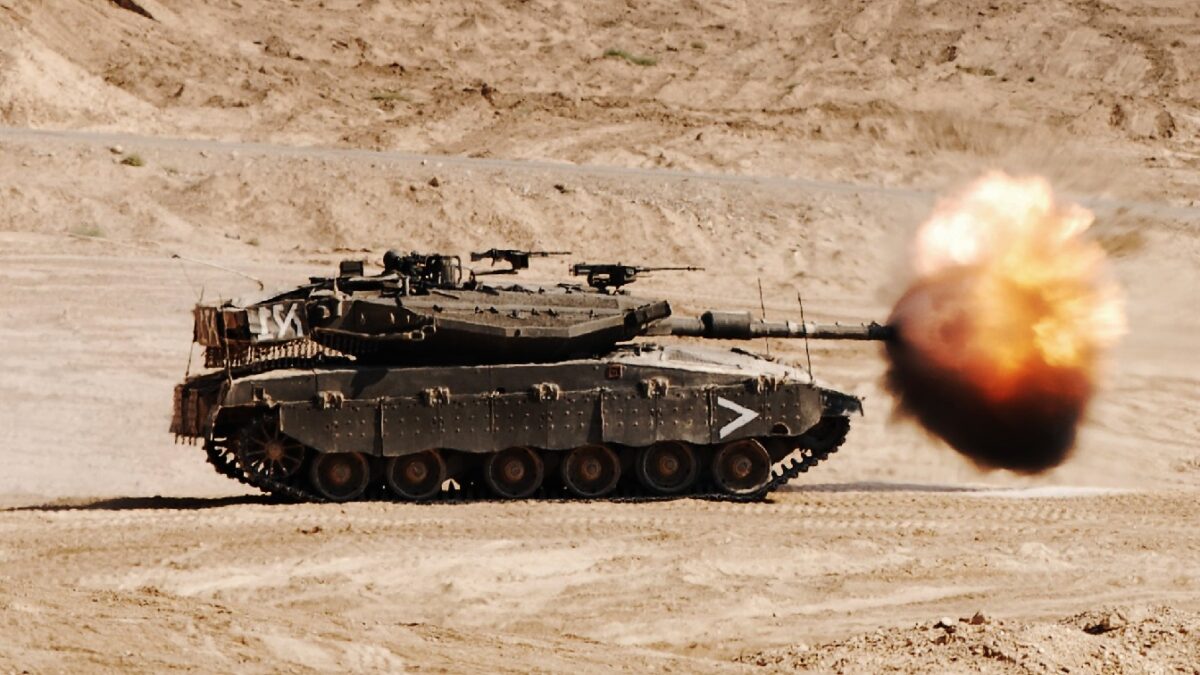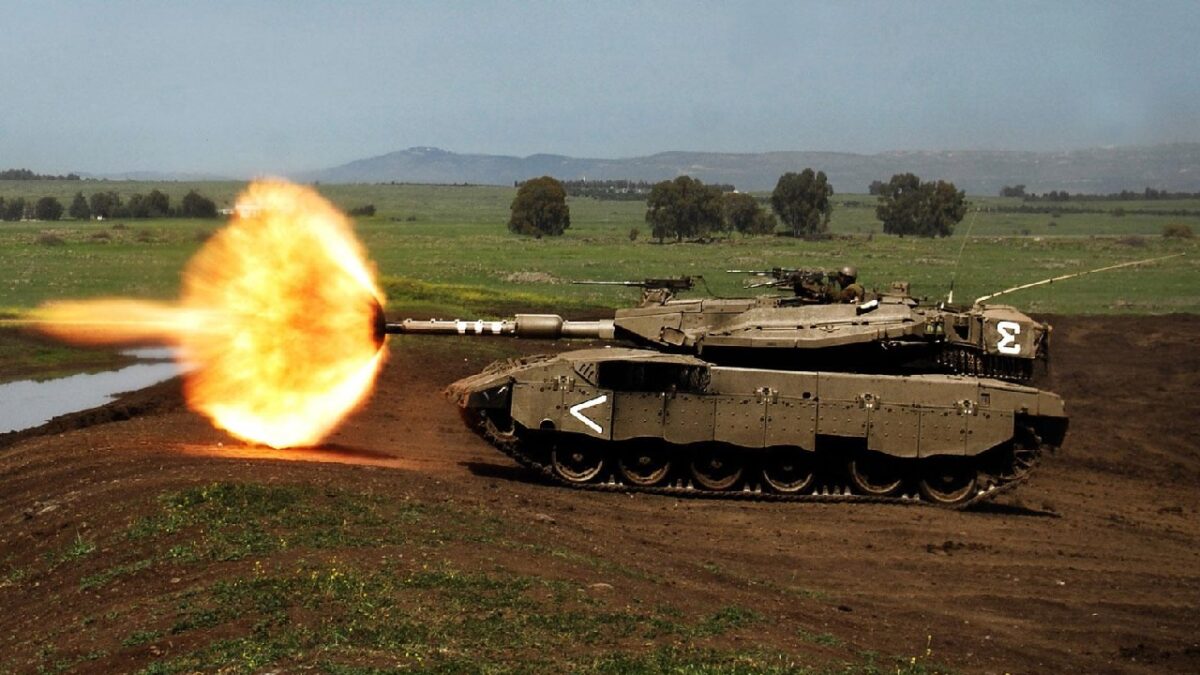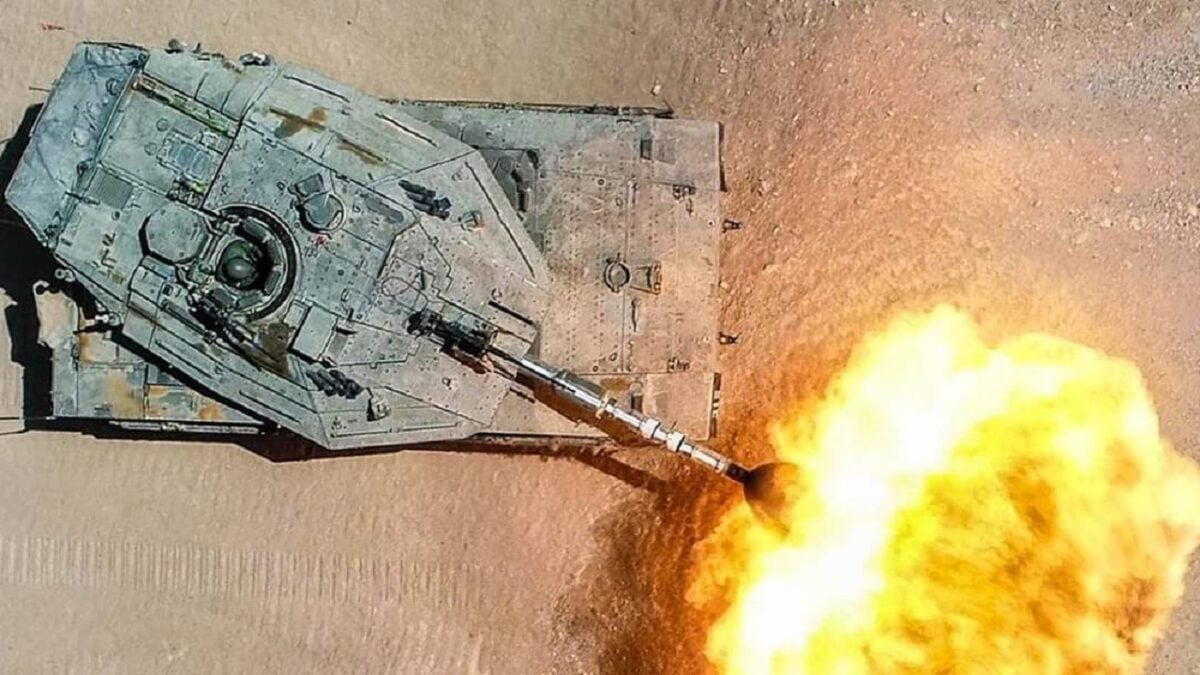Israel’s Jericho 3 missile reportedly has the capability to carry nuclear warheads. If its estimated range of 4,000-6,500 kilometers is accurate, this intermediate-range ballistic missile could hit Iran with plenty of room to spare – with some sources even giving it a range in the class of an ICBM.
While Israel maintains its nuclear ambiguity, a “rocket engine propulsion system” test launch carried out by Israel’s Defense Forces (IDF) in 2019 was suspected of being a test of the latest Jericho-3 missile variant. Israel’s potentially nuclear-armed ICBM perhaps serves as its most significant deterrent.
Jericho, Explained
Named after the biblical city, the Jericho project was originally a collaborative effort between Israel and France in the 1960’s. France ultimately dropped out of the project, and Israel was able to complete its two-stage solid-fuel Jericho 1 missile by 1973, when missiles were reportedly put on high alert during the Yom Kippur War.
At the onset of the conflict, Israeli forces were unable to thwart incoming surprise attacks at the Golan Heights and in the Sinai desert. As a precaution, Israeli nuclear weapons were suspected to have been loaded onto Jericho 1 missiles at this time. However, Israel’s Defense Forces ultimately made a come-back and were able to counter its attackers through combat. The Jericho-1 variant had a much shorter range than its successors but remained a potentially effective tool in Israel’s arsenal as it could still hit Egypt and Syria from the Negev desert.
Four years after the Yom Kippur War, the Jericho 2 variant entered into its development stage. According to the Center for Strategic and International Studies (CSIS) Missile Defense Project, evidence linking the Jericho-2 and the South African “Arnistorn” program during the 1980’s exists. Reports also suggest that the Jericho 2 “serves as the first two stages of the indigenously produced Shavit Satellite Launch Vehicle (SLV).” Due to the performance of Shavit, it has been estimated that the Jericho-2 could have a maximum range of 7,800 kilometers with a 500-kilogram payload.
Jericho 3, Explained
Analysts assert that Israel’s Jericho 3 entered into service around 2008-2011. Although this has not been verified, reports of testing throughout these years indicate the weapon’s existence.
According to CSIS, this latest variant has a payload of 1,000-1,300 kilograms. Reputable sources believe the Jericho 3 is equipped with a 750kg nuclear warhead, although this is also unconfirmed. The missile is estimated to be approximately 16 meters-long with an estimated launch weight of 29,000 kilograms.
Israel’s latest “rocket engine propulsion system” test launch in 2019 alarmed Iranian officials. Foreign Minister Mohammed Javad Zarif tweeted that Israel tested a “nuke-missile aimed at Iran,” adding that “the United States never complain about the only nuclear arsenal in West Asia – armed with missiles actually DESIGNED to be capable of carrying nukes – but has fits of apoplexy over our conventional & defensive ones.” Israel’s test launch came a few days after Iran was accused of violating the Joint Comprehensive Plan of Action (JCPOA) by developing its own nuclear-capable ballistic missile.
Although the Jericho 3’s capabilities will likely not be verified any time in the near future, its reported potentiality – including its long-range scope, poses a critical deterrent to Iran.
Bonus Photo Essay: Meet Israel’s Merkava Tank

Merkava Tank Firing. Image Credit: Creative Commons.

Merkava tank. Image credit: Creative Commons.

IDF Merkava IV Tank Fire. Image Credit: Creative Commons.

Israel’s Merkava IV tank. Image Credit: Creative Commons.
Maya Carlin is an analyst with the Center for Security Policy and a former Anna Sobol Levy Fellow at IDC Herzliya in Israel. She has by-lines in many publications, including The National Interest, Jerusalem Post, and Times of Israel.

